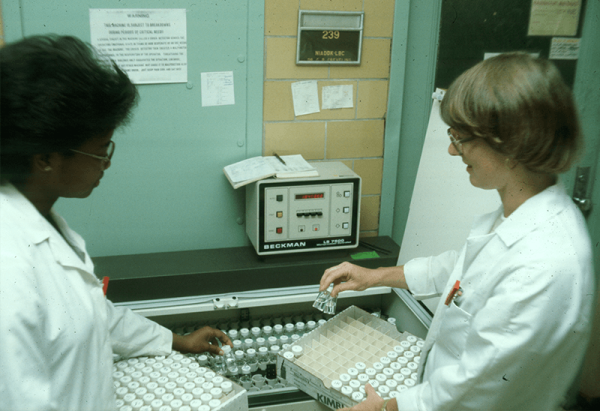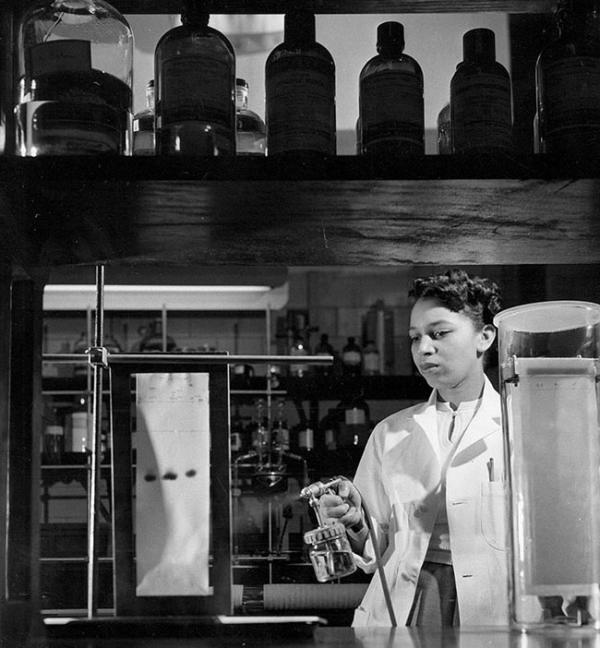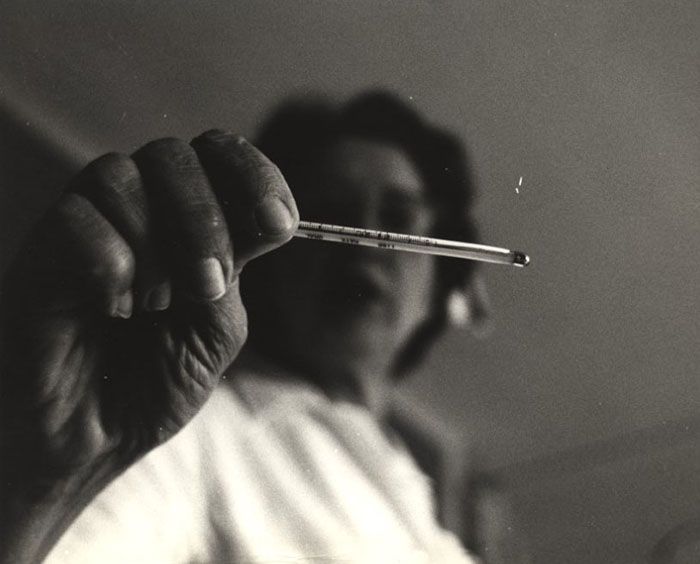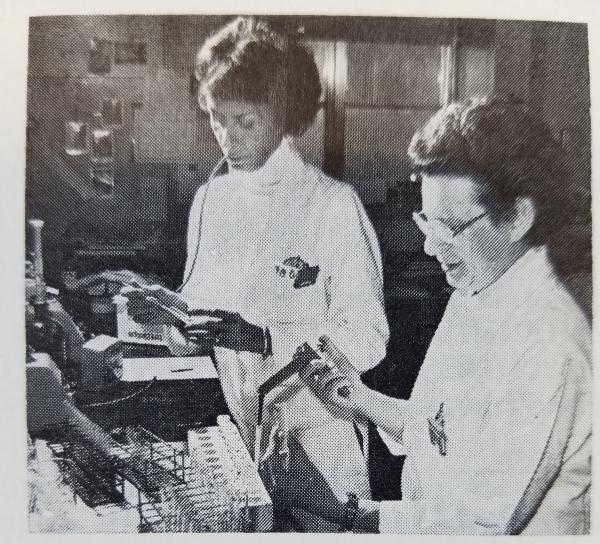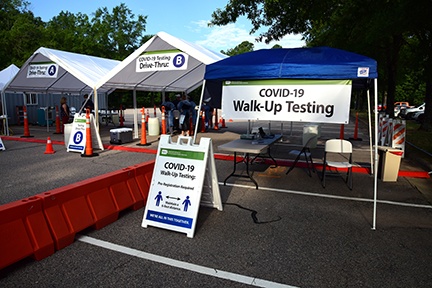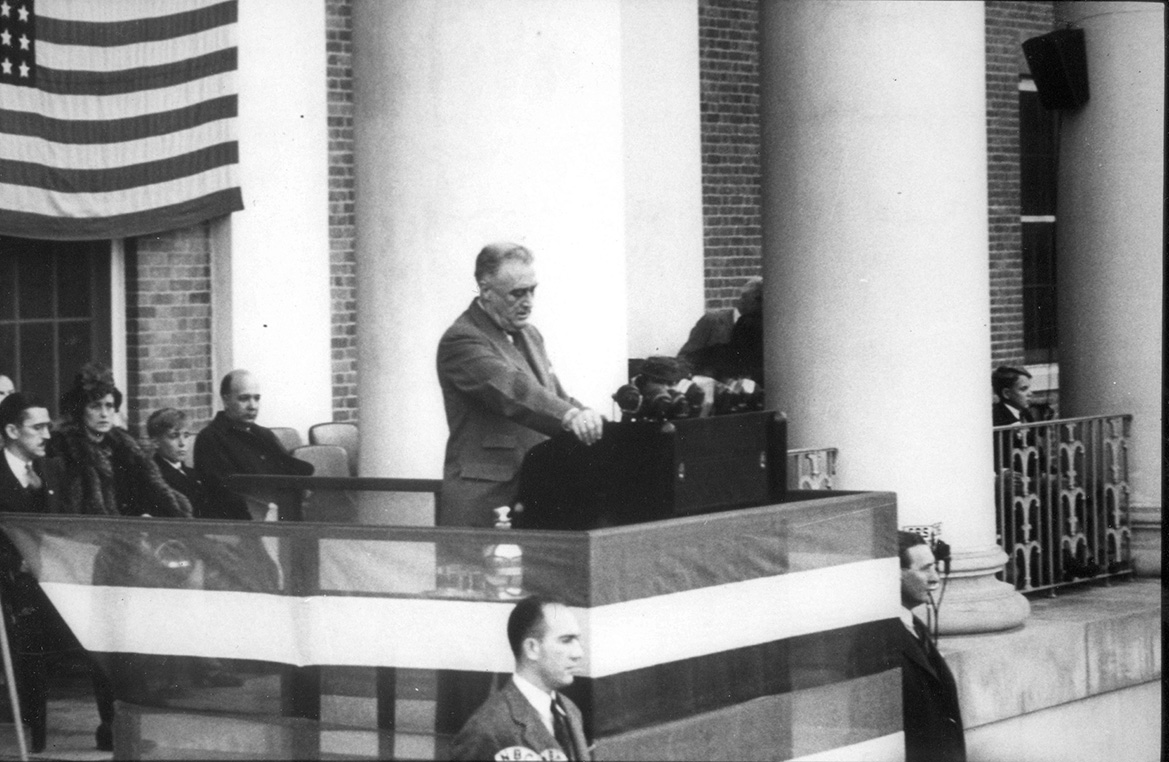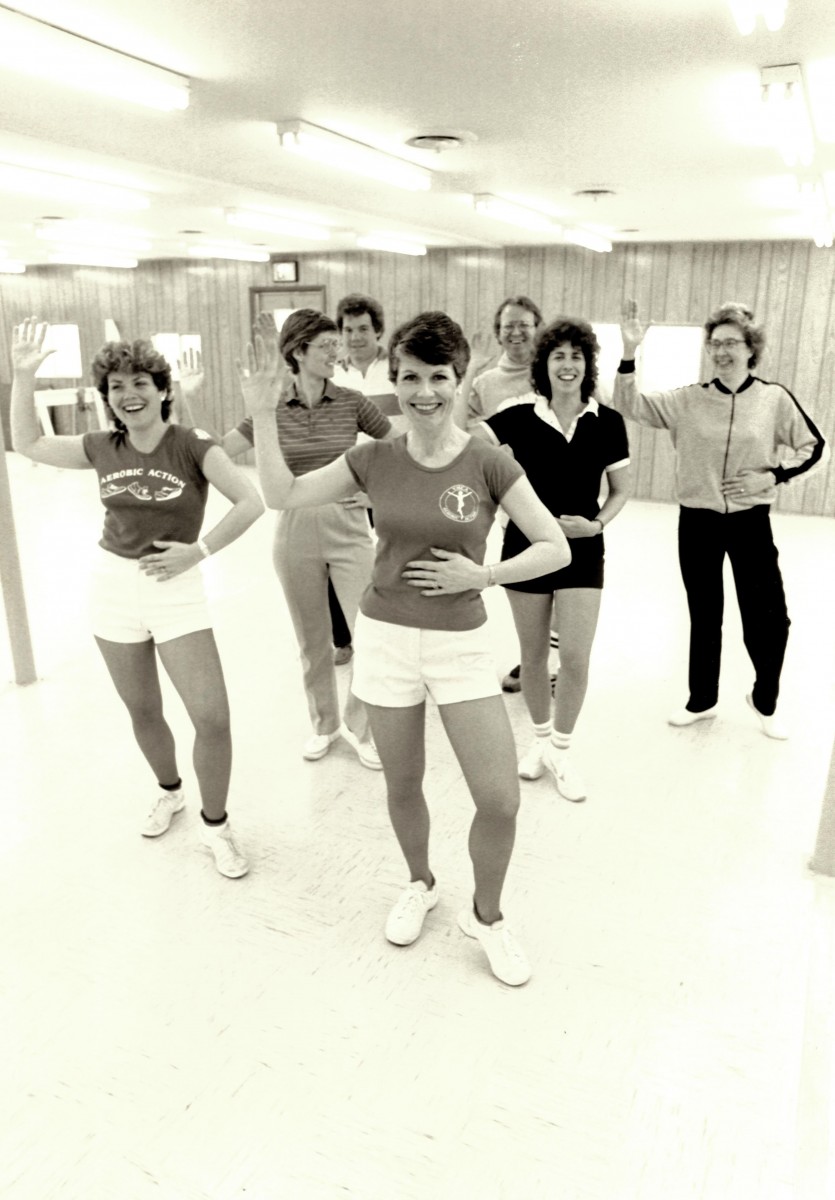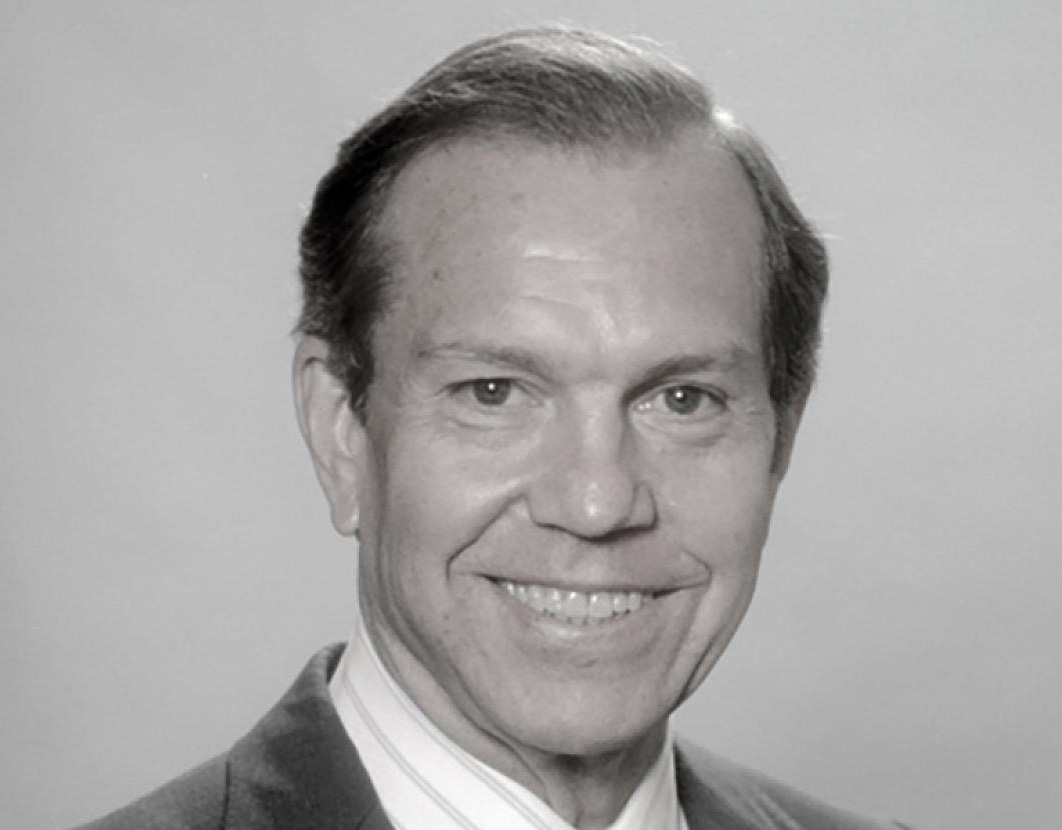A New Tool in the Battle Against Depression
Annual Lecture Details Revolutionary Treatment’s Bench-to-Bedside Journey
As hard as IRP scientists work in the lab, they work equally hard to make sure their findings have a real-world impact on patients’ lives. The pathway from the lab to the clinic, though, is rarely straightforward — something IRP senior investigator Carlos Zarate Jr, M.D., knows first-hand from his game-changing innovations in treating depression.
Dr. Zarate closed this year’s NIH Research Festival on September 22 by describing that odyssey in the 16th annual Philip S. Chen, Jr., Ph.D. Distinguished Lecture on Innovation and Technology Transfer. Named in honor of the former IRP investigator who established NIH’s Office of Technology Transfer in 1986, the annual event celebrates important IRP innovations that have moved beyond the boundaries of NIH.


